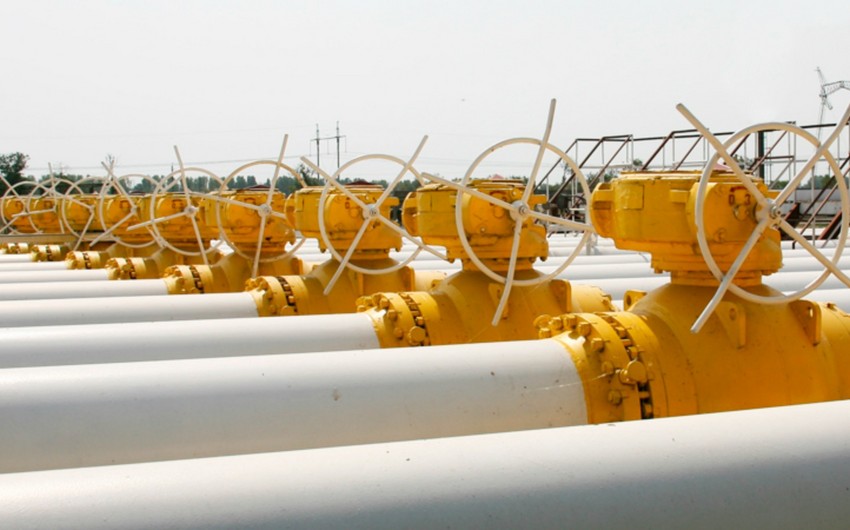Turkmenistan is making an effort to revive TAPI gas pipeline (Turkmenistan-Afghanistan-Pakistan-India gas pipeline), while the possibilities of constructing the TCP seem to have improved significantly, Report informs, citing energy expert Bruce Pannier.
While TAPI seems no closer to being realized than it was 25 years ago, the TCP or some form of it - with a guaranteed market of paying customers - could be completed in the near future, the expert says.
The TCP aims to carry some 30 bcm from Turkmenistan across the bottom of the Caspian Sea to the pipeline network in Azerbaijan and eventually to Europe.
The European Union has been hoping for years to see the project realized as part of its Southern Gas Corridor (SGC).
With the record gas prices at the moment and fears that the EU is becoming too dependent on Russia as Nord Stream 2 reaches completion, a boost in gas volumes from a different supplier should be seen by the EU and Turkmenistan as a golden opportunity -- especially as some of the key obstacles to the TCP's construction have been removed, Pannier said.
The TANAP project foresees expanding pipeline capacity to some 60 bcm annually. But Azerbaijan does not have enough gas to provide such a volume, so TANAP would have to include Turkmen gas to reach that level.
The SGC pipeline network was completed at the end of 2020, and gas from Azerbaijan’s Caspian field Shah Deniz 2 is already being supplied through the SGC and TANAP to Greece, Albania, and - via the Trans-Adriatic Pipeline - to Italy.
All that is needed is to build the roughly 300-kilometer TCP at an estimated cost that ranges from $5 billion to $8 billion.
A U.S. company called Trans Caspian Resources just proposed an option that would carry smaller volumes of gas but be operational within two years.
Former U.S. Ambassador to Turkmenistan Alan Mustard attended the recent Oil and Gas of Turkmenistan International Conference and suggested an alternative: the Caspian Connector. It could carry some 10-12 bcm of gas annually and, using existing infrastructure, be built for $500-$800 million.
But Turkmenistan needs to move on its proposed gas pipelines if the country is ever going to cash in on its extensive gas reserves, the author concludes.


 https://images.report.az/photo/f73707e2-2cc8-35a6-8419-b7a40ae651c5.jpg
https://images.report.az/photo/f73707e2-2cc8-35a6-8419-b7a40ae651c5.jpg

